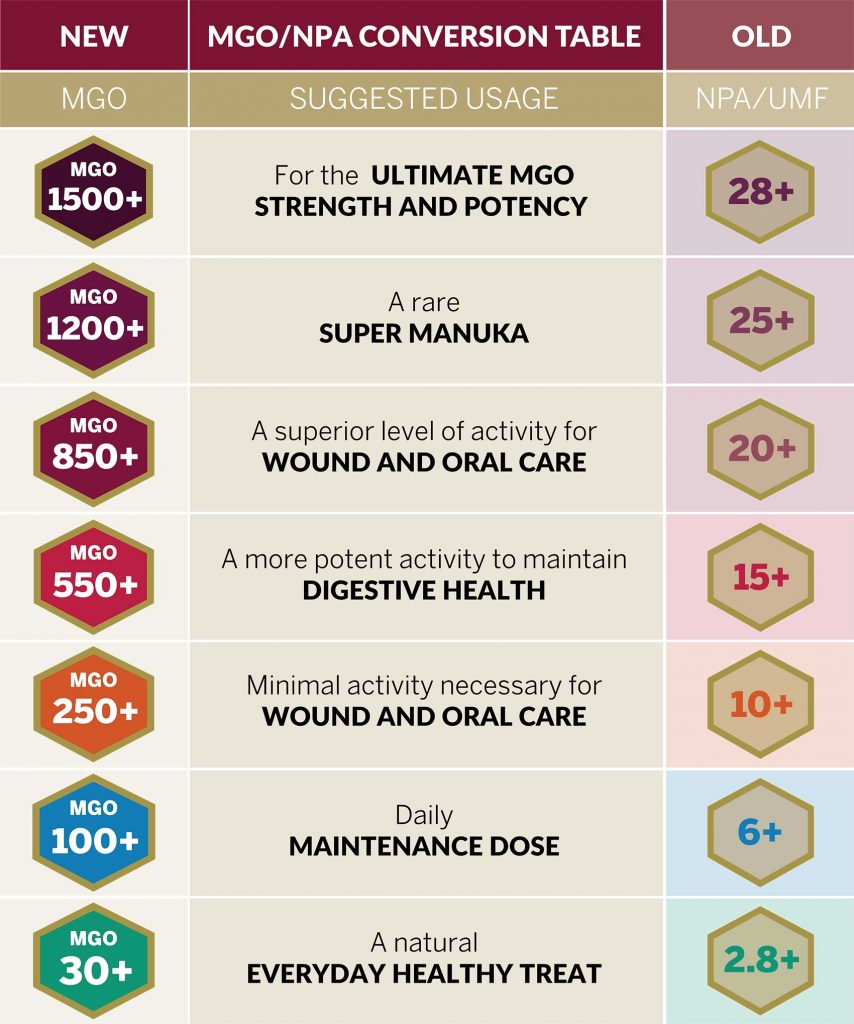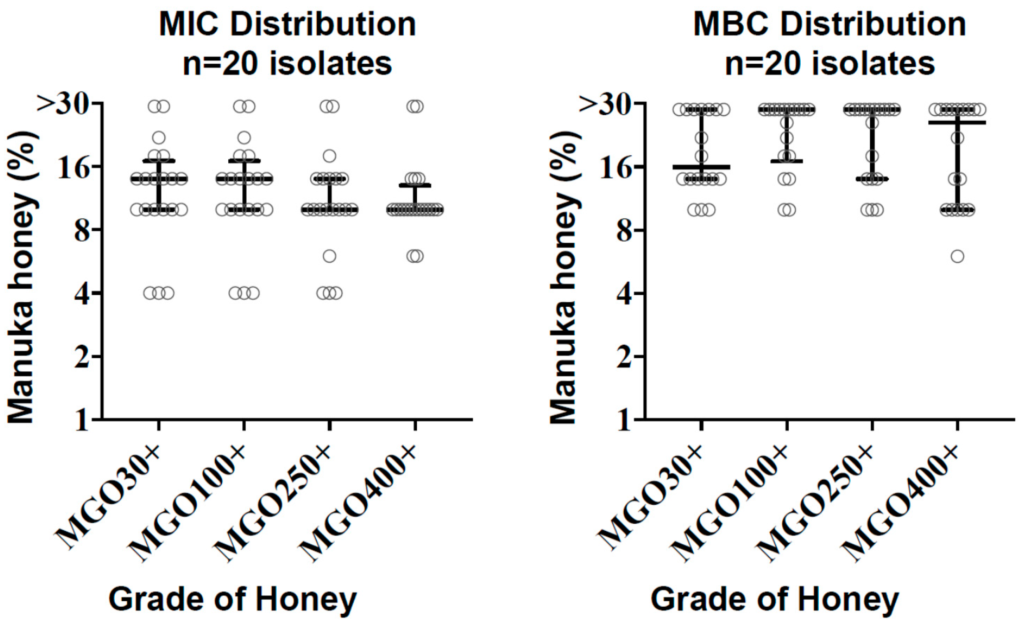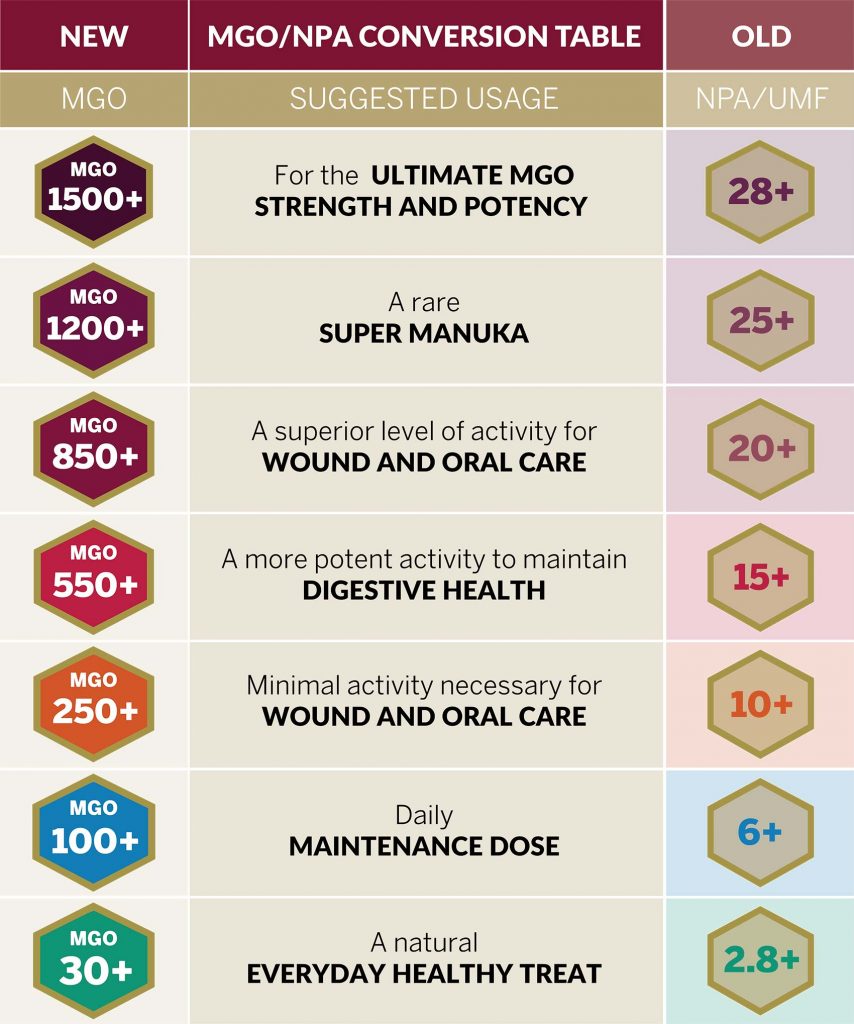
Are you struggling with C Diff and looking for a natural remedy? Look no further, as this article will guide you on how to take manuka honey for C Diff. Manuka honey is known for its unique antibacterial properties, which can aid in combating C Diff infection. With easy-to-follow instructions, you’ll discover the best ways to incorporate manuka honey into your daily routine, ensuring a potential boost in your recovery. Say goodbye to C Diff with the help of this powerful and delicious natural remedy.
Choosing the Right Manuka Honey
Understanding Manuka Honey Grading Systems
When it comes to selecting the right manuka honey for treating C Diff, understanding the grading systems is crucial. Manuka honey is graded based on its level of methylglyoxal (MGO) content, which is responsible for its antibacterial properties. The higher the MGO rating, the stronger the antibacterial properties of the honey. It is recommended to look for a honey with a MGO rating of at least 400 for effective treatment of C Diff.
Checking for a Unique Manuka Factor (UMF) Certification
In addition to the MGO rating, it is also important to check for a Unique Manuka Factor (UMF) certification on the honey. The UMF certification is a quality trademark that ensures the honey is genuine and meets specific standards. This certification verifies that the honey contains the unique and potent antibacterial properties that make it effective in treating conditions like C Diff. Look for a UMF rating of 10 or higher to ensure you are getting a high-quality product.
Identifying Authentic Manuka Honey
To avoid counterfeit products, it is essential to verify the authenticity of the manuka honey you are purchasing. Look for reputable brands and check for clear labeling, including the MGO and UMF ratings. Authentic manuka honey will also have a distinct taste and texture, with a thick and sticky consistency. If you are unsure about the authenticity of a particular brand, it is always best to consult with a medical professional or trusted source before making a purchase.
Consulting with a Medical Professional
Seeking Medical Advice
Before starting any new treatment or incorporating manuka honey into your regimen, it is important to consult with a medical professional. They will be able to provide personalized advice and guidance based on your specific health condition and the severity of your C Diff. They can also help determine if manuka honey is an appropriate treatment option for you and if there are any potential risks or interactions with other medications you may be taking.
Informing Your Doctor about Manuka Honey Usage
When you consult with a medical professional, make sure to inform them about your intention to use manuka honey as a treatment for C Diff. This will allow them to take your choice into consideration when developing your treatment plan and monitor your progress effectively. They may also provide additional recommendations or adjust your dosage based on their expertise and medical judgment.
Determining the Right Dosage
Considering the Severity of C Diff
The dosage of manuka honey needed for treating C Diff may vary depending on the severity of the condition. If you have mild symptoms, a lower dosage may be sufficient. However, for more severe cases, a higher dosage may be necessary to achieve the desired effect. Your healthcare provider will be able to determine the appropriate dosage based on your individual circumstances and may recommend starting with a lower dosage and gradually increasing it if needed.
Following Product Recommendations
When determining the right dosage, it is important to follow the recommendations provided by the manufacturer of the manuka honey you are using. They will often provide specific dosage instructions on the packaging, taking into account the potency and concentration of their product. Following these guidelines will ensure you are using the honey safely and effectively.
Starting with a Low Dosage
To minimize the risk of side effects and allow your body to adjust, it is generally advisable to start with a low dosage of manuka honey and gradually increase it over time if necessary. This approach allows you to assess your tolerance and ensure the honey does not cause any adverse reactions. Remember to always consult with a medical professional to determine the appropriate starting dosage based on your specific condition.
Taking Manuka Honey
Consuming Manuka Honey Directly
One common method of taking manuka honey for C Diff is by consuming it directly. Simply take a spoonful of honey and allow it to dissolve slowly in your mouth. This method is convenient and allows the honey to come into direct contact with the affected areas in your gastrointestinal tract. However, keep in mind that the taste of manuka honey can be quite strong, so you may prefer alternative methods if you find it unpleasant.
Mixing Manuka Honey with Warm Water
Another option is to mix manuka honey with warm water to create a soothing drink. By dissolving the honey in warm water, it can be easier to consume and may be more palatable for those who find the taste of straight honey overwhelming. This method also helps ensure the honey is properly distributed throughout your digestive system, allowing it to work effectively.
Incorporating Manuka Honey into Your Diet
If you prefer a more creative approach, you can incorporate manuka honey into your daily diet in various ways. Add it to your tea or coffee, drizzle it over yogurt or oatmeal, or use it as a sweetener in baking recipes. This allows you to enjoy the benefits of manuka honey while adding a touch of sweetness to your meals. However, keep in mind that heating the honey can reduce its potency, so it is best to add it to already prepared foods rather than cooking it directly.

Timing of Consumption
Taking Manuka Honey at Specific Times of the Day
The timing of your manuka honey consumption can play a role in its effectiveness. It is generally recommended to take it at least 30 minutes before meals to allow for better absorption and interaction with the bacteria in your digestive system. Taking it on an empty stomach can also help minimize any potential interference with other foods or medications you may be consuming.
Spreading Out the Dosage throughout the Day
If your healthcare provider has recommended a higher dosage of manuka honey, you may need to divide the total dosage into smaller portions and spread them out throughout the day. This approach ensures a consistent supply of the honey’s antibacterial properties in your system and maximizes its effectiveness in combating C Diff. Remember to follow your healthcare provider’s specific instructions regarding timing and frequency of dosage.
Monitoring and Adapting
Observing C Diff Symptoms
Throughout your treatment with manuka honey, it is important to closely observe and monitor any changes in your C Diff symptoms. Keep track of the frequency and severity of symptoms such as diarrhea, abdominal pain, and fever. If you notice any worsening or persistent symptoms, it is crucial to inform your healthcare provider immediately. They will be able to assess your progress and make any necessary adjustments to your treatment plan.
Tracking the Effectiveness of Manuka Honey
In addition to monitoring your symptoms, you can also track the effectiveness of manuka honey by measuring the reduction in C Diff bacteria in your system. Your healthcare provider may order lab tests to check the levels of C Diff toxins in your stool. By comparing the pre-treatment and post-treatment results, you can assess the honey’s effectiveness in combating the bacteria and determine if any further adjustments are needed.
Adjusting Dosage as Needed
Based on your symptoms and the results of lab tests, your healthcare provider may recommend adjusting the dosage of manuka honey. This can involve increasing or decreasing the amount or frequency of intake to ensure optimal results. It is essential to follow these recommendations and maintain open communication with your healthcare provider throughout the treatment process.

Possible Side Effects
Allergic Reactions
While manuka honey is generally well-tolerated, some individuals may experience allergic reactions. If you have a known allergy to bees or pollen, it is important to exercise caution when using manuka honey. Symptoms of an allergic reaction can include rash, itching, swelling, or difficulty breathing. If you experience any of these symptoms after consuming manuka honey, discontinue use immediately and seek medical attention.
Digestive Discomfort
In some cases, consuming manuka honey may cause digestive discomfort, such as bloating, gas, or stomach upset. These symptoms are usually mild and temporary, but if they persist or worsen, it is advisable to consult with your healthcare provider. They can help determine if these side effects are related to the honey or if there may be another underlying cause.
Interference with Other Medications
Manuka honey may interact with certain medications, including antibiotics and antacids. It is important to inform your healthcare provider about all the medications you are currently taking to avoid any potential interactions. They can provide guidance on how to space out your medication and manuka honey intake to minimize any interference and ensure the effectiveness of both treatments.
Precautions and Warnings
Avoiding Manuka Honey if Allergic to Bees
If you have a known allergy to bees, it is recommended to avoid using manuka honey. Although rare, allergic reactions can occur, and it is best to err on the side of caution. If you are unsure about your allergy status, consult with an allergist or healthcare provider to determine if manuka honey is safe for you to use.
Not Suitable for Infants Under One Year Old
Due to the risk of infant botulism, it is important to note that manuka honey is not recommended for infants under one year old. Their digestive systems are not fully developed and may not be able to handle the bacteria present in honey, increasing the risk of infection. Therefore, it is crucial to keep manuka honey out of reach and ensure it is not given to young children.
Checking for Known Allergies or Sensitivities
Before incorporating manuka honey into your treatment plan, it is crucial to check for any known allergies or sensitivities. While rare, some individuals may be allergic or sensitive to certain components in honey. Performing a skin patch test or consulting with an allergist can help identify any potential adverse reactions and ensure the safety of using manuka honey.

Combining Manuka Honey with Other Remedies
Using Manuka Honey in conjunction with Antibiotics
In some cases, your healthcare provider may recommend using manuka honey alongside antibiotic treatment for C Diff. Antibiotics can be effective in targeting and killing the bacteria, while manuka honey can provide additional antibacterial support and help restore the balance of beneficial bacteria in your gut. However, always follow your healthcare provider’s recommendations and guidelines when combining these treatments.
Exploring Probiotic Supplements
Probiotics are beneficial bacteria that can help restore the natural balance in your gut flora. Adding probiotic supplements to your treatment plan can complement the antibacterial properties of manuka honey and promote faster recovery from C Diff. Ensure you choose a reputable probiotic brand and consult with your healthcare provider to determine the appropriate dosage and strain for your specific condition.
Considering Other Alternative Treatments
While manuka honey has shown promise in treating C Diff, it is essential to explore other alternative treatments alongside it. These can include herbal remedies, dietary modifications, and lifestyle changes that support overall gut health. However, always consult with a healthcare professional before trying any alternative treatments to ensure they are safe and appropriate for your individual circumstances.
Conclusion
When it comes to effectively treating C Diff with manuka honey, choosing the right honey, consulting with a medical professional, determining the proper dosage, and taking it correctly are key. Ensure you select manuka honey with a high MGO rating and UMF certification for authenticity. Seek medical advice and inform your doctor about your manuka honey usage to ensure safety and efficacy. Start with a low dosage, consider different methods of consumption, and time your intake appropriately. Monitor your progress, adjust the dosage as needed, and be aware of possible side effects. Take necessary precautions and consult with a healthcare provider to ensure consistency, commitment, and progress in your treatment journey.

